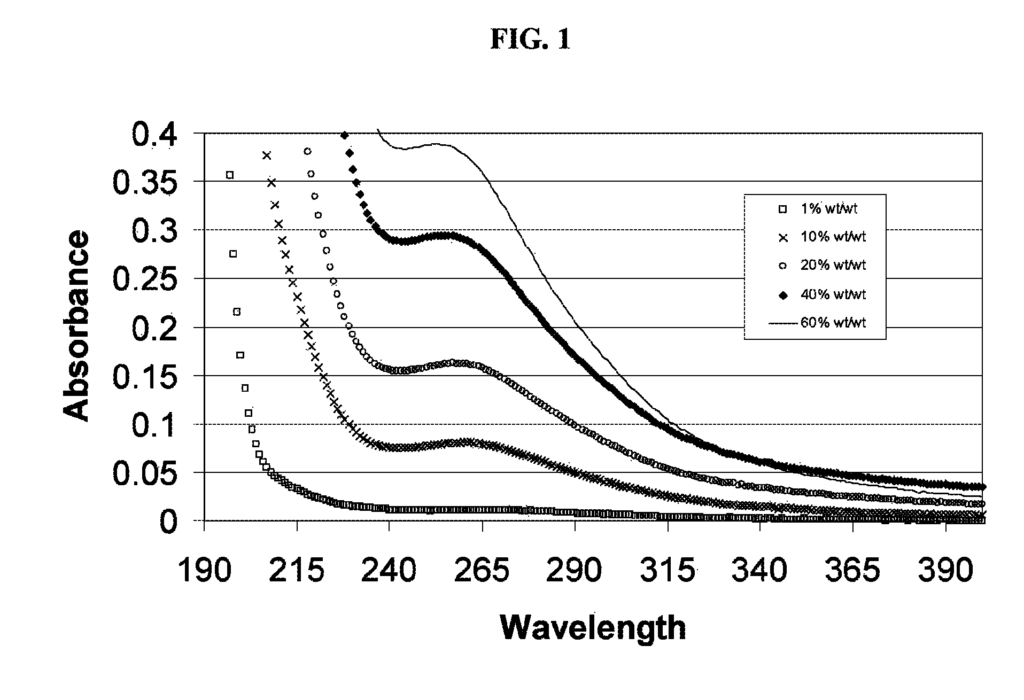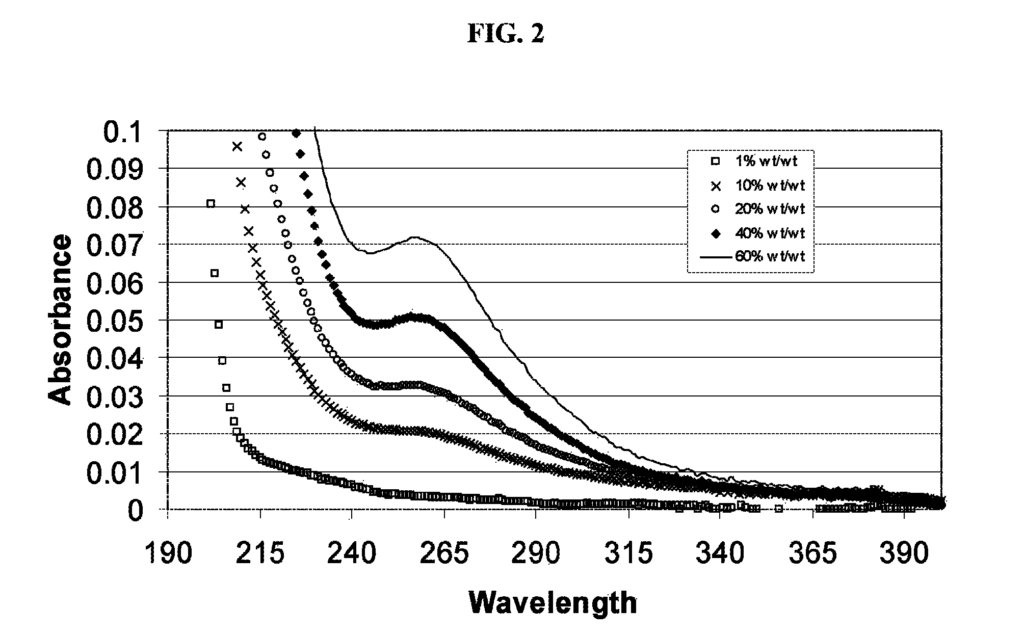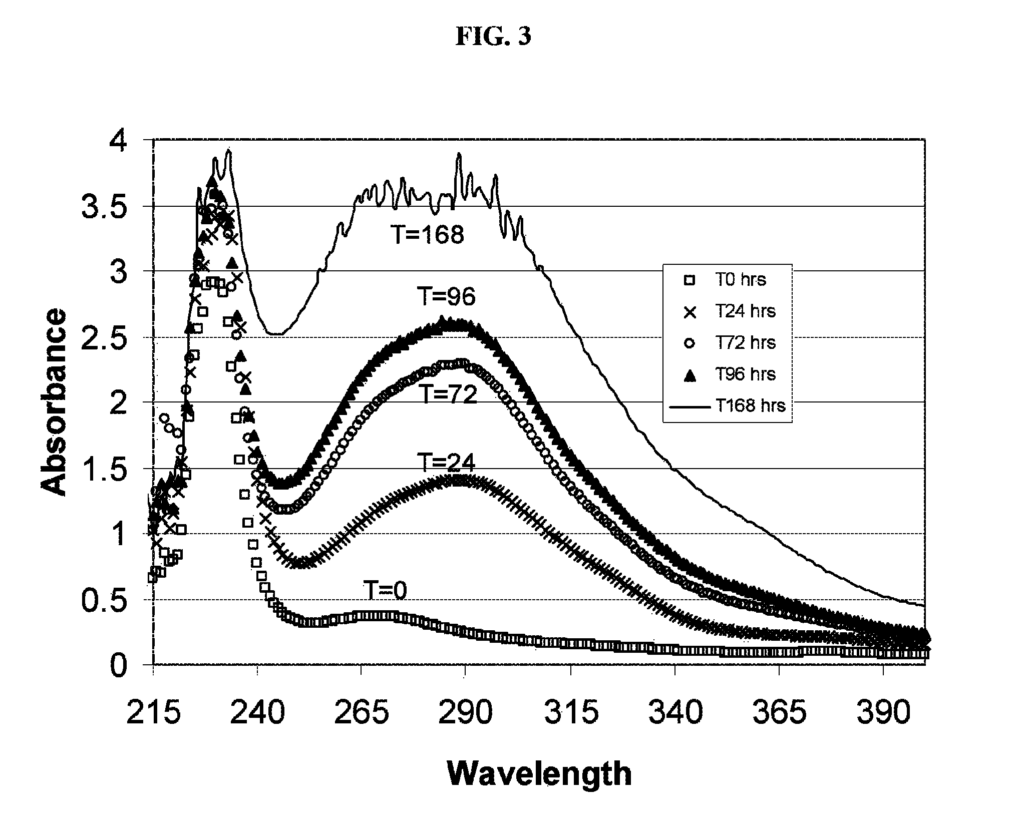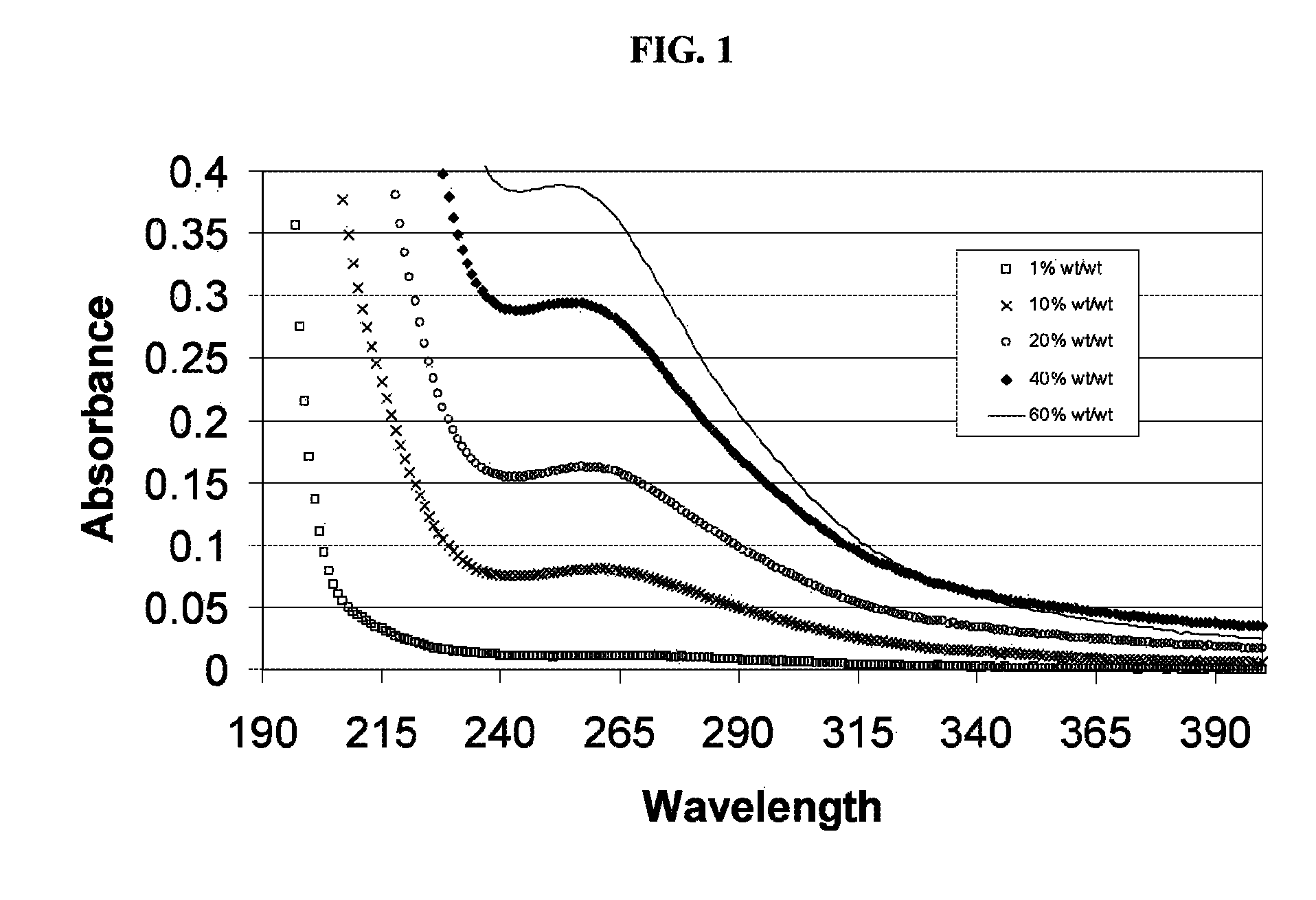Invented by Vincent D. Antle, Alvaro Lopes, Daniel Monteiro, Cydex Pharmaceuticals Inc
Alkylated cyclodextrin compositions have gained significant attention in recent years due to their wide range of applications in various industries. These compositions are derived from cyclodextrins, which are cyclic oligosaccharides composed of glucose units. Alkylated cyclodextrins are modified versions of these cyclic oligosaccharides, where alkyl groups are attached to the glucose units. This modification enhances their solubility and stability, making them highly versatile in different formulations.
The market for alkylated cyclodextrin compositions is expected to witness substantial growth in the coming years. One of the key drivers for this growth is the increasing demand for these compositions in the pharmaceutical industry. Alkylated cyclodextrins are widely used as excipients in drug formulations to improve the solubility and bioavailability of poorly soluble drugs. They can form inclusion complexes with hydrophobic drugs, allowing them to be delivered more effectively to the target site in the body. This has led to their extensive use in various drug delivery systems, including oral, parenteral, and topical formulations.
Another significant factor contributing to the market growth is the increasing use of alkylated cyclodextrins in the food and beverage industry. These compositions are employed as encapsulating agents, flavor enhancers, and stabilizers in food and beverage products. They can encapsulate volatile compounds, such as flavors and fragrances, protecting them from degradation and improving their shelf life. Additionally, alkylated cyclodextrins can enhance the solubility and stability of certain food additives, making them more suitable for use in various food and beverage formulations.
The cosmetic industry is also a major consumer of alkylated cyclodextrin compositions. These compositions are utilized in cosmetic formulations as encapsulating agents, solubilizers, and stabilizers for active ingredients. They can improve the stability and bioavailability of cosmetic actives, allowing for better efficacy. Alkylated cyclodextrins are particularly useful in skincare products, where they can encapsulate and deliver active ingredients, such as vitamins and antioxidants, to the deeper layers of the skin.
In terms of the processes for preparing and using alkylated cyclodextrin compositions, several methods have been developed. The most common method involves the alkylation of cyclodextrins using alkylating agents, such as alkyl halides or alkyl sulfates. This reaction can be carried out under various conditions, including in aqueous or organic solvents, and at different temperatures. The resulting alkylated cyclodextrins can then be further purified and characterized before being used in various applications.
The market for alkylated cyclodextrin compositions is highly competitive, with several key players operating in the industry. These companies are continuously investing in research and development to develop new and improved compositions and processes. Additionally, collaborations and partnerships between industry players and academic institutions are driving innovation in this field.
In conclusion, the market for alkylated cyclodextrin compositions and processes for preparing and using the same is witnessing significant growth due to their versatile applications in various industries. The pharmaceutical, food and beverage, and cosmetic industries are the major consumers of these compositions. With ongoing research and development efforts, the market is expected to expand further, offering new opportunities for industry players and driving advancements in drug delivery, food technology, and cosmetic formulations.

The Cydex Pharmaceuticals Inc invention works as follows
The present invention relates to low-chloride alkylated polycyclodextrins and processes for preparing, using them. The present invention provides alkylated chloride-free cyclodextrins.

Background for Alkylated Cyclodextrin Compositions and Processes for Preparing and Using the Same
Field of Invention
The present invention is a composition containing low-chloride, alkylated cyclodextrins and processes to prepare and use the same.
Background of the Invention
The use of “Hydrophobic”, “Hydrophophilic”, “Polymerized”, and other derivatives has been proven in many industries. Derivatization of cyclodextrins is generally carried out by substituent groups replacing the?OH groups in the 2-, 3- and/or 6 positions of the amylose ring of the cyclodextrin. Substituents can be neutral, anionic or cationic functional group.
Known cyclodextrin derivatives such as alkylated cyclodextrins include, but are not limited to, sulfoalkyl ether cyclodextrins, alkyl ether cyclodextrins (e.g., methyl, ethyl and propyl ether cyclodextrins), hydroxyalkyl cyclodextrins, thioalkyl ether cyclodextrins, carboxylated cyclodextrins (e.g., succinyl-?-cyclodextrin, and the like), sulfated cyclodextrins, and the like. There are also alkylated-cyclodextrins with more than one functional group, for example, sulfoalkyl-ether-alkyl-ether-cyclodextrins. (See, e.g. WO 2005/042584 or US 2009/0012042, which each is hereby included by reference). Alkylated Cyclodextrins with 2-hydroxypropyl and/or Sulfoalkyl Ether Groups have been used in pharmaceutical formulations.
where R = (?H21-n) or ((?CH2)4?SO3?Na+?)n and n is between 6 and 7.1.
Patents and published applications describe the preparation of sulfoalkyl-ether cyclodextrins, and other derivatives thereof. Nos. Nos. Trav. Chim. Pays-Bas 91:733 (1972); Staerke 23:167 (1971), Adam et al., J. Med. Chem. 45:1806 (2002), Qu et al., J. Inclusion Phenom. Macrocyclic Chem. 43:213 (2002), Tarver et al., Bioorg. Med. Chem. Modified Cyclodextrins : Scaffolds & Templates for Supramolecular Chemistry, C. J. Easton and al. eds. Imperial College Press London, UK 1999), New Trends In Cyclodextrins And Derivatives, Dominique Duchene ed. Editions de Sante Paris, FR 1991), Comprehensive Supramolecular Chemistry 3 by Elsevier Science Inc. Tarrytown, N.Y.
Impurities in alkylated-cyclodextrin can reduce shelf life and potency. By exposing (e.g. mixing with) activated charcoal, impurities can easily be removed from alkylated-cyclodextrin formulations. The treatment of cyclodextrin-containing aqueous solutions and suspensions with activated carbon is known. See, e.g., U.S. Pat. Nos. Nos. “There is still a need for higher-purity alkylated compositions of cyclodextrin.
The present invention provides for a method of preparing an alkylated-cyclodextrin-composition comprising one alkylated-cyclodextrin. This process includes: (a), mixing a polymer with an alkylating compound to form a reaction medium comprising one or two unwanted components and one drug-degrading impureties; (b), conducting one or several separations to remove unwanted components from the milieu to produce a partially-purified solution that contains the alky
In some embodiments the alkylated-cyclodextrin comprises less than 500ppm phosphate. In some embodiments the alkylated composition also contains less than 125ppm of a Phosphate.

In some embodiments the residual conductivity is less than 9?S. In some embodiments the residual conductivity is less than 8?S.
In some embodiments the alkylated-cyclodextrin formulation further contains less than 0.5% of a chlorine. In some embodiments the alkylated composition also contains less than 0.1% of a chlorine. In some embodiments the alkylated composition also contains less than 0.5% (w/w).
In some embodiments the alkylated-cyclodextrin has a degree of substitution ranging from 2 to 9. In some embodiments the alkylated composition cyclodextrin has an average substitution degree between 4.5 and 7.5. In some embodiments the alkylated-cyclodextrin has an average substitution degree between 6 and 7.5.
In some embodiments, an alkylated-cyclodextrin formulation has an absorption less than 1 A.U. as determined by UV/vis spectrum photometry at a wavelength between 245 nm and 270 nm in an aqueous composition containing 300mg of the alkylated-cyclodextrin solution per mL solution, within a cell with a path length of 1 cm. In some embodiments said absorption is less than 1 A.U. In some embodiments, said absorption of less than 1 A.U.
In some embodiments, an alkylated-cyclodextrin formulation has an absorption less than 0.5 A.U. as determined by UV/vis spectrum photometry at a wavelength between 245 nm and 270 nm in an aqueous composition containing 300mg of the alkylated-cyclodextrin solution per mL solution, within a cell with a path length of 1 cm. In some embodiments said absorption is less than 0.5 A.U. This is because the drug degradation agent.
In some embodiments, absorption is measured by UV/vis spectrum photometry at a wavelength between 245 nm and 270 nm in an aqueous containing 500 mg SAE-CD per mL solution within a cell with a path length of 1 cm.
In some embodiments, an alkylated-cyclodextrin solution has an absorption less than 1 A.U. as determined by UV/vis spectrum photometry at a wavelength between 320 nm and 350 nm in an aqueous composition containing 300mg of the alkylated-cyclodextrin solution per mL solution, within a cell with a path length of 1 cm. In some embodiments said absorption is less than 1 A.U. In some embodiments, said absorption of less than 1 A.U.
In some embodiments, an alkylated-cyclodextrin formulation has an absorption less than 0.5 A.U. as determined by UV/vis spectrum photometry at a wavelength between 320 nm and 350 nm in an aqueous composition containing 300mg of the alkylated-cyclodextrin solution per mL solution in a cell with a path length of 1 cm. In some embodiments said absorption is less than 0.5 A.U. In some embodiments, said absorption of less than 0.5 A.U.
In some embodiments, absorption is measured by UV/vis spectrum photometry at a wavelength between 320 nm and 350 nm in an aqueous containing 500 mg alkylated-cyclodextrin per mL solution within a cell with a path length of 1 cm.
Click here to view the patent on Google Patents.

Leave a Reply